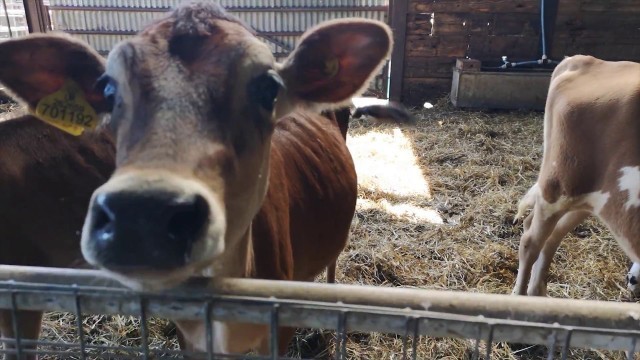

'This is channel is about ANIMALS & THEIR SOUNDS Part 3. Babies, Toddlers, Preschool, and K-3 will learn the names of different farm animals and their sounds. Milk Machine, Jersey Cow, Farmer, Agriculture, Kentucky Farmers, Tractor, Cows, This new milking machine on Candy, one of machines used at Middle farm...for taking cows milk. It\'s a new machine Children love to hear the sounds of a cow, pig, piglets, duck, duckling, goose, horse, chicken, rooster, baby chicks, geese, cat and goats. On a family day out with the kids, youngsters can watch the Cow Milking Demonstrations at this childrens farm. This lovely farm is situated on the A27, 4 miles east of Lewes and 7 miles west of Eastbourne, between the turnings to Ripe and Selmeston. A very pleasant farm to visit, there are animals such as chickens, ducks, pigs, cows, llamas, sheep, rabbits, guinea pigs, and donkeys. There is an outside play area with swings and climbing frames and ‘hay play’ barn. The farm shop sells a variety of organic produce, groceries, meat, chicken, cakes, chutneys and more. There is a gift shop selling toys and puzzles and other good gifts for children. You can also buy plants and flowers, and there is a great cider shop selling numerous different types of cider – a must if you are a cider fan! The restaurant is pretty good, selling traditional lunches and cream teas. Entry: £6 per person (children under 3 are free) Open 10am -4pm winter and 10am-5pm summer, 7 days a week www.middlefarm.com We thought that some of you may want to know more about what happens on our dairy farm so we have given you some details of what goes on January Cows and young stock are fully housed now because the water meadows are flooded. Still carrying out AI’s (AI – artificial insemination) and the next group of calvers (Mums) will be going on to a special transition diet to prepare them for calving in February. February Start of the spring calving group of cows. We calve the cows in spring and autumn so that we produce a fairly level quantity of milk all year round, but having groups which we call blocks, simplifies young stock rearing and focuses attention on either calving or breeding at any one time. Calves are reared on our own pasteurised colostrum for the first few days of life. March Still in the thick of calving. Hopefully some dry weather will allow manure/slurry to be spread on the grass silage leys (newly reseeded fields) to replace purchased fertiliser. It is important that slurry is not applied less than 8 weeks before cutting or it will contaminate the silage causing the wrong fermentation in the silage clamp. April Coming to the end of calving having hopefully had 300 calves. The bull calves will be sold to beef producers and the heifers retained to come into the herd at 2 years old. In preparation for breeding the cows are scored on appearance by a breeding expert who assesses whether feet/legs (mobility) or udder characteristics (teat placement & udder support – uplift!) need improving and chooses the bull accordingly. May Start of the breeding season. Weekly vet clinics are held to check cows which have not been seen in heat.The cows are served with semen from the best bulls from around the world, selected for their ability to pass on positive traits for health, fertility and milk production. June Hopefully a quieter month, cows continue to be served and are grazing a rotation of 21 paddocks for 24 hours each. Cows that were served in May can start to be scanned after 6 weeks at the weekly vet clinics. We start to dry off (stop milking) cows that are due to calve in August, 8 weeks before the scanned due date. July Just the last few to serve at the beginning of the month, pregnancy scanning continues at the weekly vet clinics. August The start of the autumn calving block (group). For the first 5 weeks of the dry period the pregnant Mums can graze stemmy grass and are used to bite down the paddocks that the milking cows haven’t eaten down enough. September Still calving! We try to have the replacement heifers for the herd born by the middle of the month. To achieve this we use some sexed semen so that only heifer calves are born to start with. October How Animals Eat Their Food? Raising Cows - The Basics? How to make easy cow food? Depending on the rainfall the milking cows may have to come inside as our ground gets too wet for them to stay out. The cows will now start a full winter diet. This includes maize and grass silages, hay, soya and rape meals, molasses, sugar beet and straw. November The start of another breeding season with weekly vet clinics. As the cow housing is now full it is very important to maintain hygiene to prevent mastitis. The sand beds are raked off and the yards are scraped clean twice daily. December Breeding goes on with weekly vet clinics and the winter routine of feeding, scraping and bedding yards and milking continues.'
Tags: home , school , Chicken , preschool , parents , educational video , farm animals , learn english , cat , babies , cows , Agriculture , horses , cow , Rooster , geese , teachers , farmer , homeschooling , pig , goat , hen , top pranks , Misterepicmann , lost light films , nick sjolinder , epic mann , epic dude , how animals eat their food , tractor , chicks , Goose , jersey cow , milk machine , K-3 , piglets , Kentucky Farmers
See also:





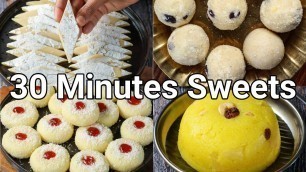


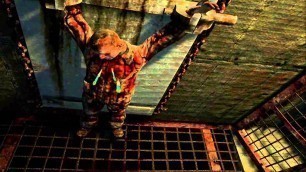

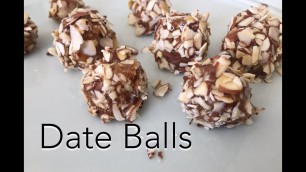

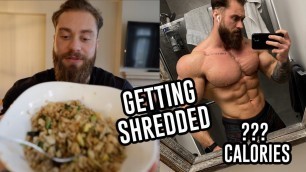




comments